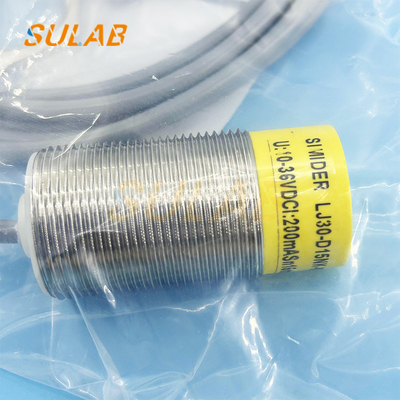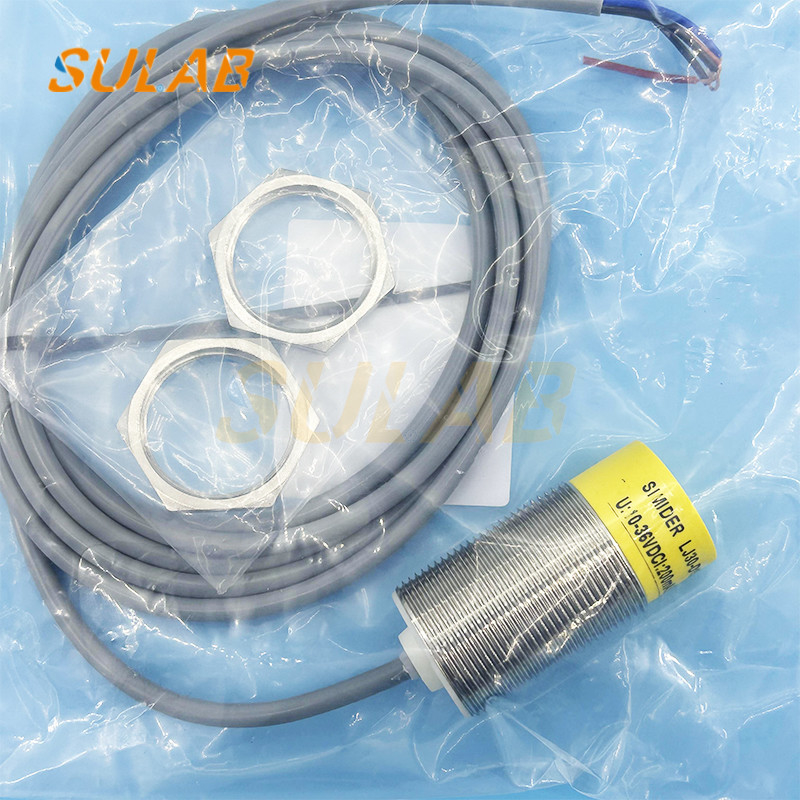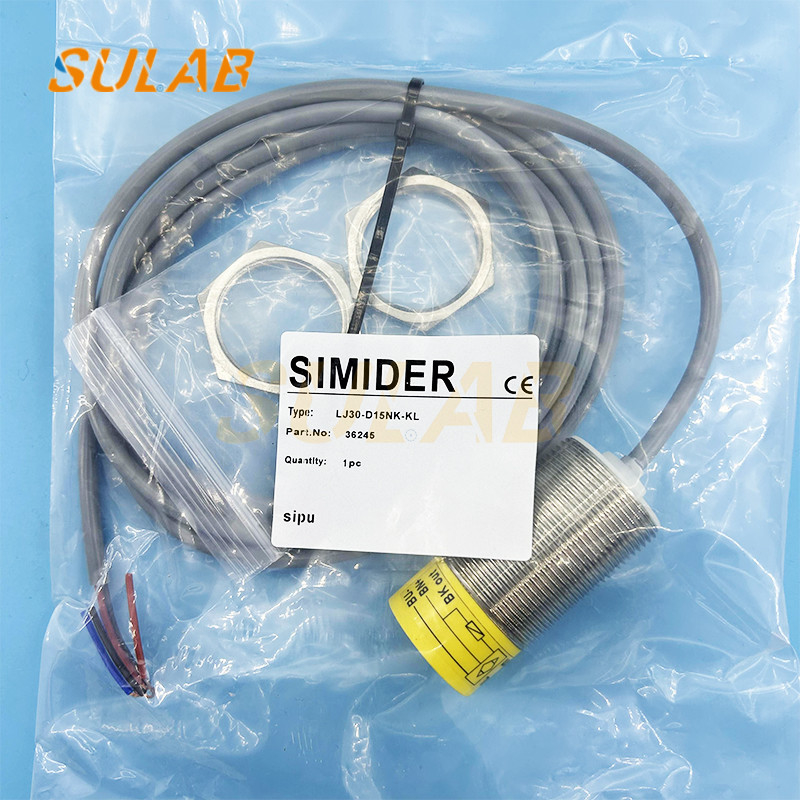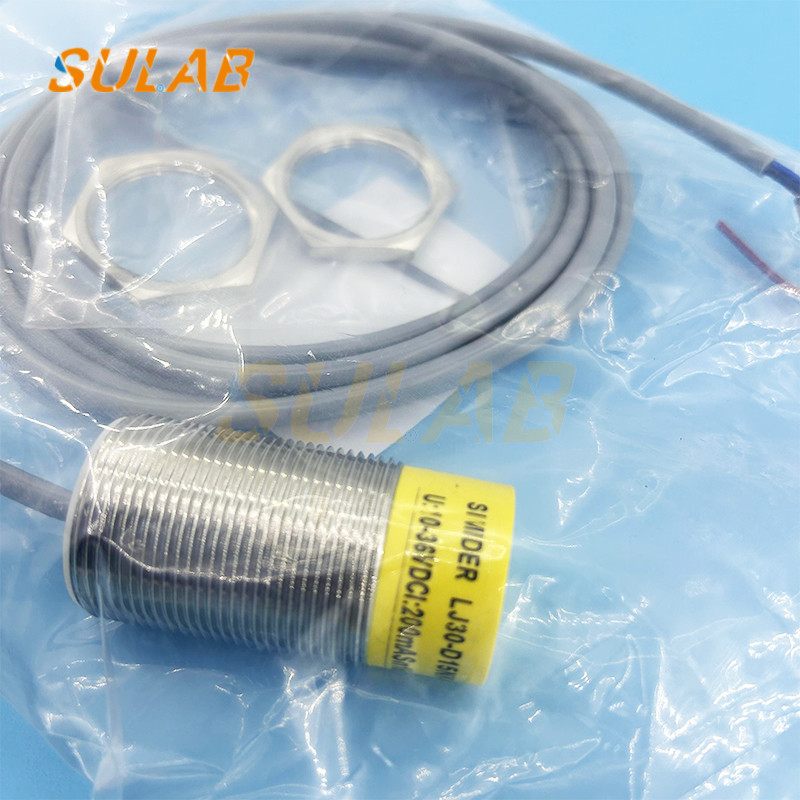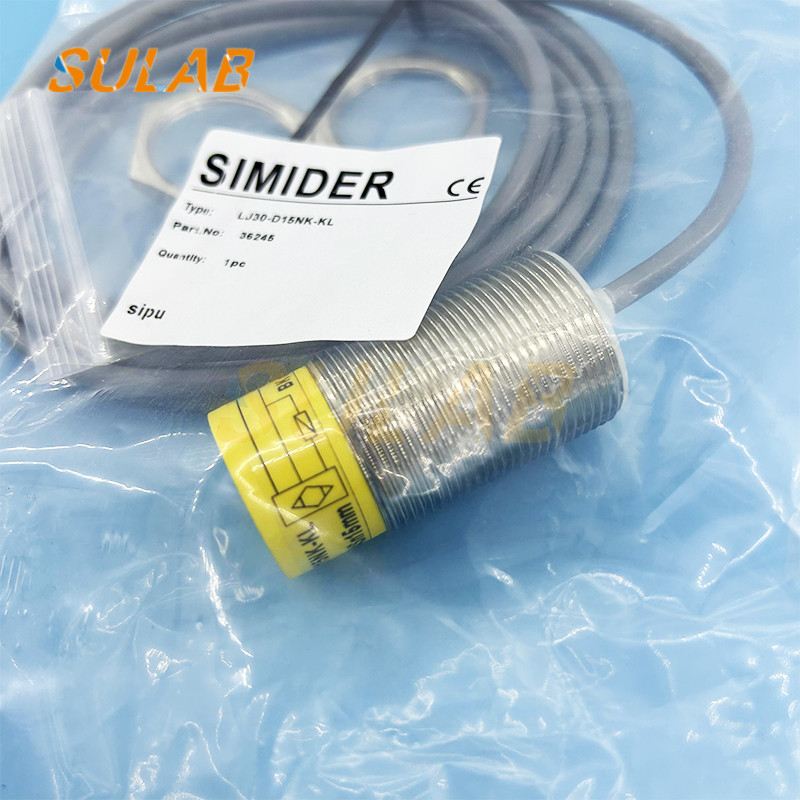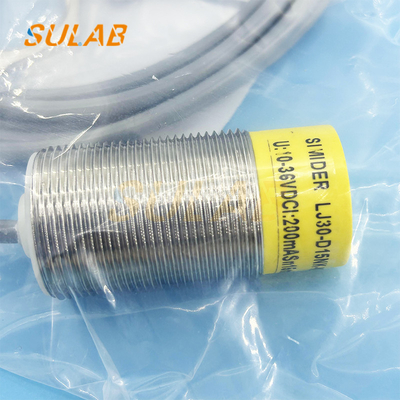
Escalator Photoelectric Proximity Switch Detection Photoelectric Switch LJ30-D15NK-KL
-
Highlight
LJ30-D15NK-KL proximity switch
,Escalator photoelectric proximity switch
,LJ30-D15NK-KL photoelectric proximity switch
-
BrandSULAB
-
DescriptionElevator Parts
-
ModelLJ30-D15NK-KL
-
MOQ1PC
-
TransportionTNT, UPS, DHL, Fedex, Air, Sea
-
ApplicableElevator
-
PackagesCarton, Wooden Case, Pallet Etc
-
Delivery TimeNormally 2-3 Working Days After Payment
-
WarrantyOne Year
-
Payment MethodCompany Bank, Western Union, Alibaba, Paypal Etc
-
DescriptionElevator Parts
-
ModelFB-9B
-
Brand Namesulab
-
Model NumberLJ30-D15NK-KL
-
Minimum Order Quantity1pcs
-
Payment TermsL/C,D/A,D/P,T/T,Western Union,MoneyGram
Escalator Photoelectric Proximity Switch Detection Photoelectric Switch LJ30-D15NK-KL
Escalator photoelectric proximity switch detection photoelectric switch LJ30-D15NK-KL
Determine the installation location
According to the design requirements: follow the instructions of the elevator installation drawings to determine the specific installation location of the detection switch in the elevator shaft, car or machine room. For example, the limit switch is usually installed at the top and bottom of the shaft to limit the travel of the elevator; the door lock detection switch is generally installed on the door lock device of the floor door and car door to monitor the locking status of the door.
Consider the actual situation: When determining the installation location, it is also necessary to consider the elevator's running trajectory, component layout, and ease of maintenance and repair. Ensure that the installation of the detection switch will not interfere with other components and can accurately detect the corresponding signal
| Brand | SULAB |
| Description | Elevator parts |
| Model | LJ30-D15NK-KL |
| MOQ | 1PC |
| Transportion | TNT, UPS, DHL, Fedex, Air, Sea |
| Applicable | Elevator |
| Packages | Carton, Wooden case, Pallet etc |
| Delivery Time | Normally 2-3 working days after payment |
| Warranty | One year |
| Payment Method | Company Bank, Western union, alibaba, Paypal etc |
Door lock detection switch: installed on the door lock device of the floor door and car door. Its function is to monitor the locking status of the door in real time. The elevator can only operate normally when all door locks are locked normally. During the operation of the elevator, if the door lock detection switch detects that the door lock is open, it will immediately trigger the safety brake device to stop the elevator to prevent people and objects from falling from the gap between the elevator car and the floor door to avoid danger.
Limit switch: usually installed at the top and bottom of the shaft. When the elevator exceeds the upper and lower limit positions of normal operation, the limit switch will act, cut off the elevator's control circuit, stop the elevator from running, prevent the elevator from rushing to the top or squatting at the bottom, and play the final safety protection role.
Leveling detection switch: used to detect whether the elevator car has reached the leveling position, that is, the position where the elevator car sill and the floor door sill are on the same horizontal plane. When the elevator approaches the target floor, the leveling detection switch will send a signal to the elevator control system, and the control system will accurately control the parking position of the elevator according to the signal to ensure that the elevator can accurately stop at the level, which is convenient for passengers to enter and exit.
Safety clamp detection switch: used in conjunction with the safety clamp device. The safety clamp is a safety device that can stop the car or counterweight and clamp it on the guide rail when the elevator is overspeeding or other faults occur. The safety clamp detection switch is used to monitor the action status of the safety clamp. When the safety clamp is activated, the switch will promptly feedback the signal to the elevator control system so that corresponding measures can be taken. It can also be used to confirm whether the safety clamp is in normal working condition during maintenance and inspection.
